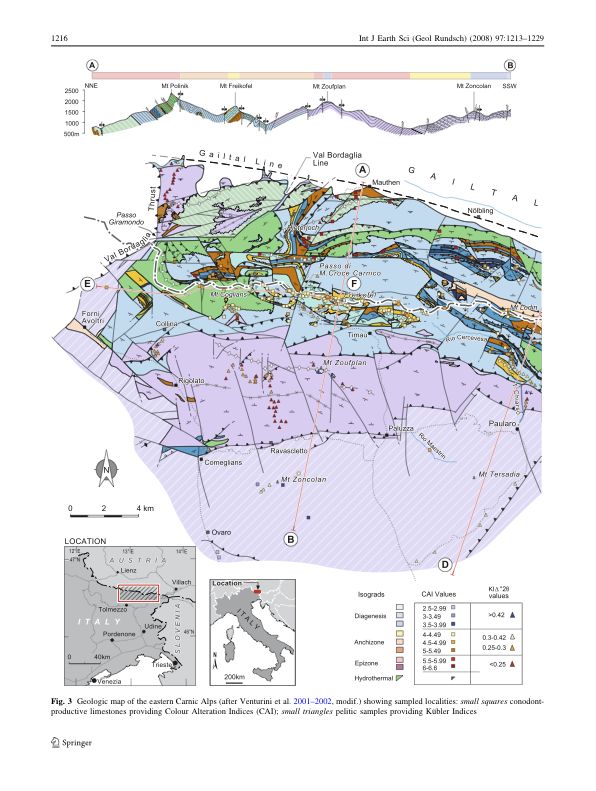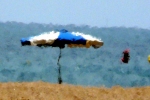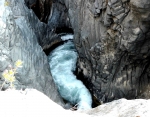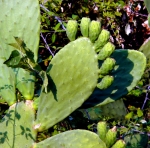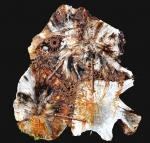Clay minerals and conodont Colour Alteration Index evidence
Thermal evolution of the Palaeozoic–Triassic sequences of the Carnic Alps has been characterized by b cell dimension and Kübler Index (illite ‘‘crystallinity’’) of K-white micas (KI), Arkai Index (AI) of chlorites, clay mineral assemblages and conodont Colour Alteration Index (CAI).
Data indicate at least two metamorphic events, Variscan and Alpine. In the older event high anchizonal conditions predominated although epizonal conditions were reached over wide areas. It was characterized by low- intermediate pressure facies. The thermal peak was mainly due to an extensional regime during the Bashkirian.
A younger thermal overprint generated by Alpine orogeny was of lower grade, reaching high diagenetic–anchizonal conditions characterized by high-pressure facies.
Inverted metamorphic patterns are associated with middle to late Miocene thrusting. Hydrothermal alteration in the northern part of the region can be linked with emplacement of Oligocene plutons and high heat flow along the Periadratic lineament.

